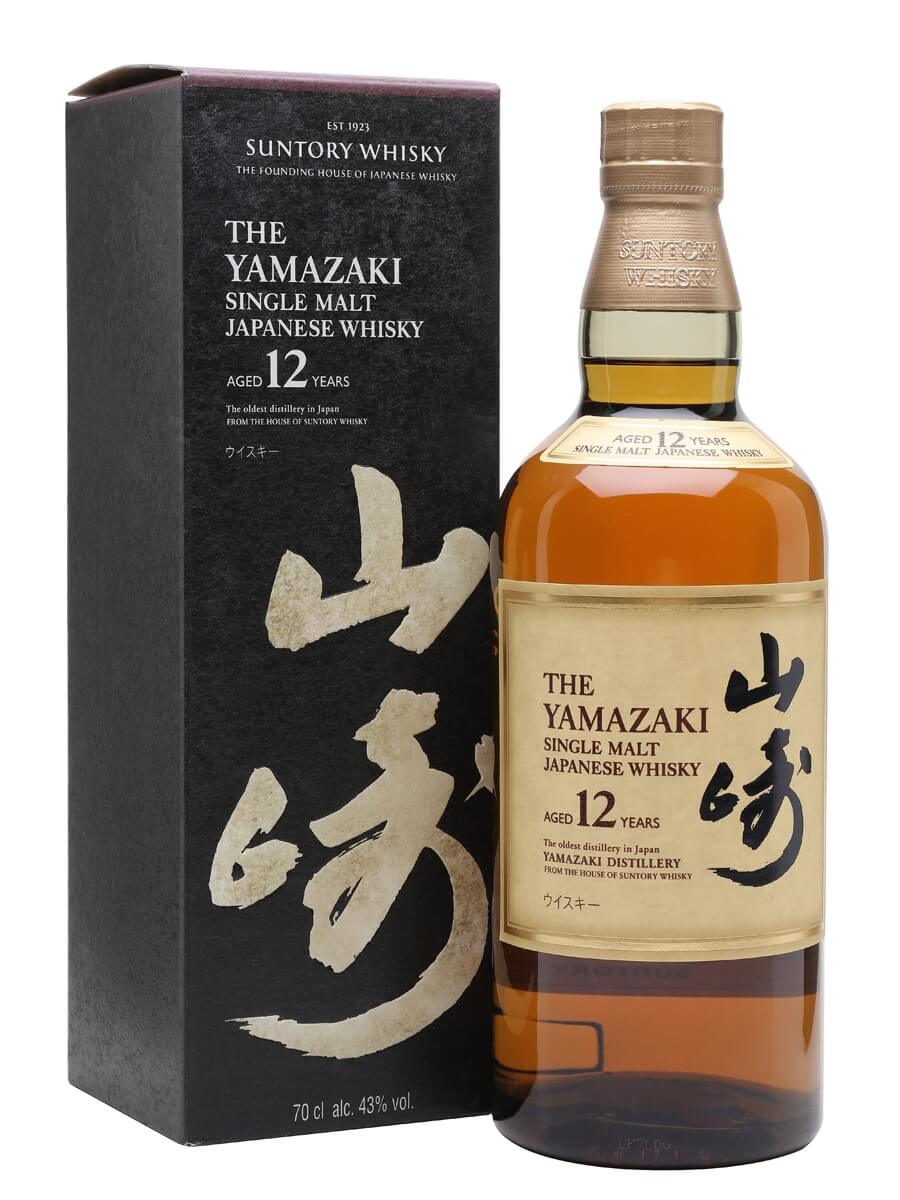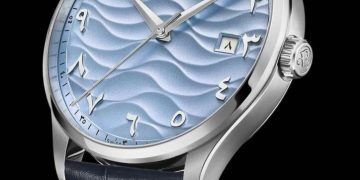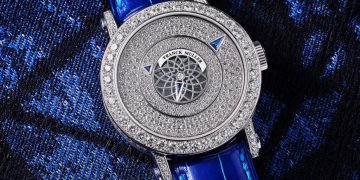Credits: Article and images by Ken Gargett @ Quill & Pad. See the original article here - https://quillandpad.com/2024/08/25/strange-laws-in-the-world-of-wine-and-spirits-the-good-the-bad-and-the-idiotic/
—————————————————————————————————–
A presumption has been made that the smaller the geographic region/area is, the better the wines must be. Not sure that strictly follows, but it is probably ballpark. Top of the pyramid will be the Grosses Gewächs, the equivalent of Grand Cru. It needs to be a single vineyard wine, single vintage of course, and dry rather than the sweeter styles we so often associate with German Riesling. And naturally there are numerous other technical requirements.
Next up is Erstes Gewächs, effectively Premier Cru. The rules are similar as those for Grosses Gewächs but a little more relaxed. Within these two, one can have what is called a Gewann, a smaller parcel.
The parallel classification works in relation to sweeter styles. We still have, in ascending order of sweetness (noting the outlier Eiswein), Kabinett, Spätlese, Auslese, Beerenauslese, Eiswein, and Trockenbeerenauslese.
This is the barest bones of what will transpire, but so far the responses are largely positive. If, however, you do not completely follow, don’t worry. I suspect you are not supposed to. As one wag described the new system, it is a wonderful opportunity for German winemakers to put even more long and unpronounceable words on their labels, while another suggested that not even Bletchley Park would be able to crack this new classification. We shall see.
Japanese spirits laws
The Japanese changes have raised a few more eyebrows. The industry has largely been operating under rules established back in the 1950s, so it was certainly overdue for an upgrade.
Strong international demand for Japanese whiskies had greatly reduced supplies and there were issues arising as to the origins of all supplies. Some producers were using overseas whiskies to incorporate into theirs, and fully detailing this. Others were possibly doing it on the quiet.
Now the new regulations will hopefully align Japanese whisky with Scotch and Bourbon in protecting its geographic origins.

Yamazaki 12-Year-Old Japanese whisky
Any bottle labelled “Japanese whisky” must contain some spirit made with malted grains. Production must take place entirely within Japan. Bottling can take place away from the distillery but must still be within Japan. All water used must come from Japan. Any spirit claiming to be Japanese whisky must be aged in wooden casks for at least three years. So technically, not specifically oak, which might be interesting. The spirit must be at least 40 percent ABV and cannot exceed 95 percent.
At present these rules apply to members of the Japan Spirits and Liqueurs Makers Association, however this group includes most of the major players. These rules will apply to any product from Japan, so one cannot fudge the labels (by calling it “whiskey” or putting a Japanese flag on the label or some other ruse).
The transition period concludes on April 1, 2024 (and yet this is not an April Fool’s Day prank). Whether it will be eventually extended across the board remains to be seen. These new regulations should surely only strengthen the category and help prevent dodgy practices.
—————————————————————————————————–
Credits: Article and images by Ken Gargett @ Quill & Pad. See the original article here - https://quillandpad.com/2024/08/25/strange-laws-in-the-world-of-wine-and-spirits-the-good-the-bad-and-the-idiotic/









